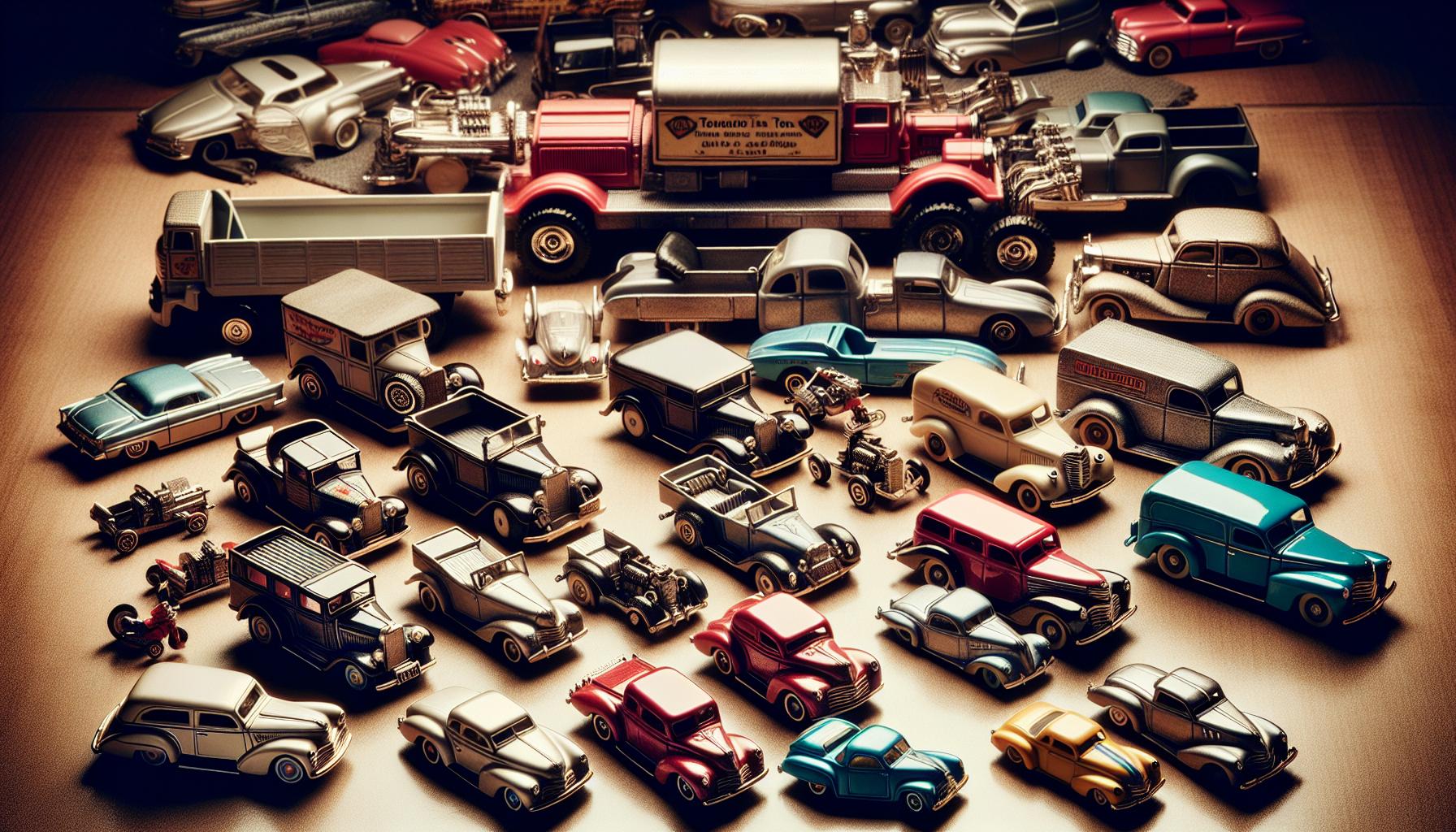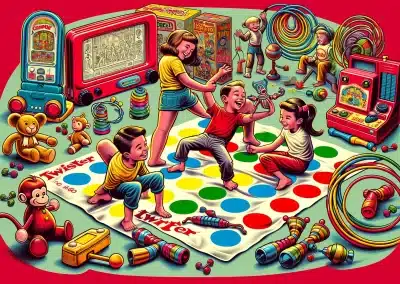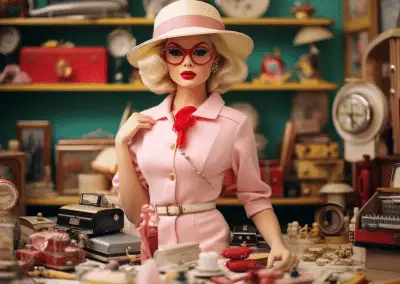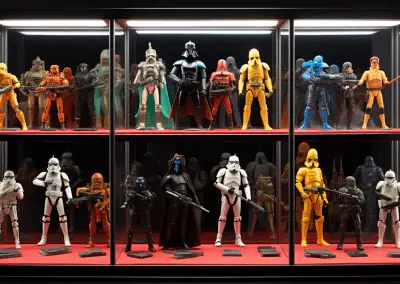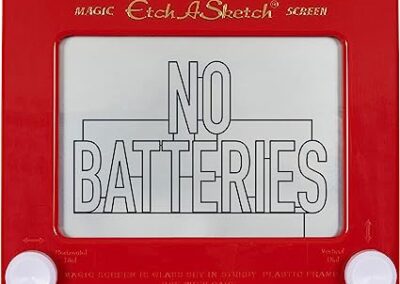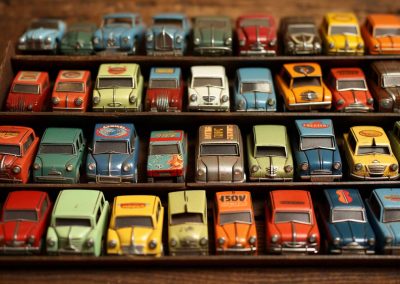Stepping back into the 1950s, I can’t help but feel a wave of nostalgia wash over me. It was a decade marked by innovation and excitement, not just in music and fashion, but in the world of toys as well. The shelves were lined with items that would become iconic, shaping the childhoods of many and leaving a lasting impact even on today’s toy industry.
I’ve always been fascinated by how toys can capture the essence of an era, and the 1950s were no exception. From the introduction of the Barbie doll to the widespread popularity of the Mr. Potato Head, these toys weren’t just playthings; they were a reflection of the times. Join me as I dive into the world of the best-selling toys of the 1950s, exploring what made them so special and why they’re still remembered fondly today.
Barbie Doll: The Iconic Toy
When I think about the toys that truly embody the spirit and culture of the 1950s, Barbie Doll immediately comes to mind. Launched in 1959, Barbie wasn’t just another doll – she was a revolution in the toy industry. I’ve always been amazed at how her debut heralded a new era where playtimes were filled with imagination and aspiration.
Barbie was introduced by Ruth Handler, co-founder of Mattel, who was inspired to create a doll that allowed girls to imagine their futures. Unlike baby dolls, which encouraged nurturing play, Barbie was a career woman. From her very inception, she came with a backstory of attending college and having a career, which was revolutionary at the time.
But it wasn’t just her backstory that made Barbie iconic. It was her fashion sense. Mattel collaborated with fashion designers to create wardrobes for Barbie that mirrored the latest trends. As a kid, thumbing through the myriad of outfits was like exploring a miniature haute couture boutique. It was mesmerizing, and quite frankly, it still is.
The impact Barbie had on the market was undeniable. Numbers don’t lie, and in her first year, over 300,000 dolls were sold. The fascination with Barbie wasn’t just a fleeting trend; it was the beginning of a legacy.
- Year Launched: 1959
- Dolls Sold in First Year: 300,000+
Barbie’s appeal spanned generations, making her one of the most recognized and beloved toys across the globe. Her ability to adapt to the changing times while maintaining her iconic status is a testament to her importance in the toy industry. From her stylish outfits to her wide range of careers, Barbie continues to inspire and entertain, proving that she’s much more than just a doll.
Mr. Potato Head: A Classic Favorite
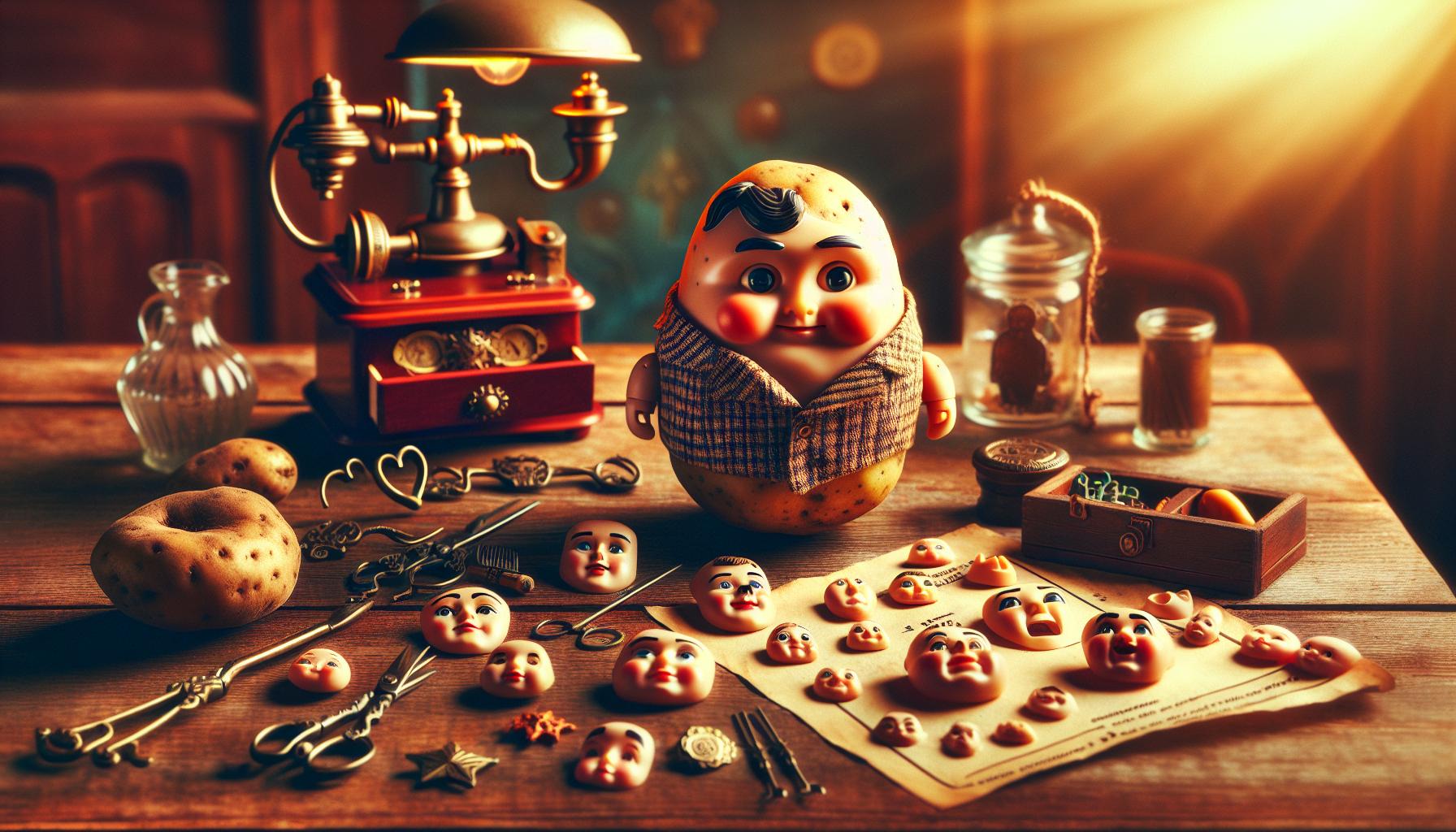
Introduced in 1952, Mr. Potato Head earned a unique place in the toy hall of fame as the first toy advertised on television. This innovative marketing strategy played a pivotal role in Mr. Potato Head’s rapid rise to fame. Unlike anything on the market at the time, this toy didn’t just captivate children with its novelty; it also captured the imagination of parents looking for creative toys for their kids.
What set Mr. Potato Head apart was its original concept: a set of plastic parts that could be stuck into a real potato or other vegetables to create a “person.” The idea was simple yet groundbreaking. It encouraged children to use their creativity and resources available in their immediate environment, promoting both imaginative play and hands-on learning. The initial set included parts like ears, eyes, glasses, and hats, offering endless possibilities for creation.
Due to its overwhelming popularity, Mr. Potato Head underwent several transformations. By 1964, a plastic potato body was included to address safety concerns and the inconvenience of rotting vegetables. Despite these changes, the essence of Mr. Potato Head – encouraging creativity and imagination – remained intact.
Over the years, Mr. Potato Head has not only been a beloved toy for generations but has also become an iconic figure in popular culture, featuring in movies, TV shows, and even parades. Its success highlights how toys echoing the spirit of creativity and innovation can leave lasting marks on both the industry and popular culture.
The Rise of Board Games
In the midst of the booming toy industry of the 1950s, board games carved out their own pivotal niche, resonating with families across America. It was during this time that I discovered classics like “Candy Land” and “The Game of Life,” both of which skyrocketed in popularity. Candy Land, released in 1949, quickly became a household staple due to its simplicity and appeal to younger children. Meanwhile, The Game of Life, introduced in 1960, offered older children and adults a more complex and engaging gameplay experience.
What fascinated me the most about this era’s board games was their underlying ethos. These games weren’t just pastimes; they were vehicles for social interaction, strategy, and even learning. It’s interesting to note how Candy Land, originally designed as a diversion for children recovering from polio, symbolized hope and joy during challenging times. On the other hand, The Game of Life mirrored real-life choices and consequences, teaching players about life’s unpredictable nature.
The appeal of these games extended beyond their entertainment value. They became tools that connected people, fostering social skills and family bonds. The fact that these games remain popular today speaks volumes about their impact and relevance.
Moreover, the era saw an explosion of board game variations, indicating a growing appetite among consumers for diverse and engaging gaming experiences. It was the perfect blend of entertainment, education, and social interaction that cemented board games’ place in the toy industry of the 1950s.
Board games’ significant contribution to the toy industry’s growth during this period cannot be overstated. They not only provided endless hours of fun and learning but also helped shape the social fabric of the time, leaving a lasting legacy that continues to influence modern game design.
Toy Cars and Trucks: Revving up Playtime
As I dive deeper into the toys that defined the 1950s, I can’t help but spotlight the era’s fascination with toy cars and trucks. This period marked a significant transition in toy manufacturing, with die-cast metal becoming the go-to material, enabling more detailed and durable toys. Brands like Matchbox and Tonka didn’t just capture the imaginations of children; they revolutionized the toy industry.
Matchbox, introduced by Lesney Products in 1953, quickly became synonymous with miniature cars. Their ingenious idea to sell cars in small boxes, similar in size to matchboxes, was a hit. It wasn’t long before these mini vehicles became a must-have for kids, allowing them to build their own tiny transportation networks right in their living rooms.
Tonka, on the other hand, focused on creating life-like toy trucks and construction vehicles made from steel. These toys weren’t just loved for their playability but admired for their sturdiness. Tonka trucks became a staple of outdoor play, with kids digging, hauling, and imagining construction sites in backyards and sandboxes.
The impact of these toy cars and trucks went beyond mere play. They sparked an interest in mechanics and engineering among the youth, laying a foundation for future innovation. The attention to detail in these toys also meant that they were often collected and cherished well into adulthood, making them not just toys but timeless keepsakes.
With advancements in manufacturing and design during the 1950s, toy cars and trucks offered an immersive play experience, mirroring the automotive boom of the era. The fascination with these miniature vehicles was a clear indication of society’s growing admiration for automobiles, making toy cars and trucks an integral part of playtime.
Conclusion: Nostalgia for the Best-Selling Toys of the 1950s
Diving into the world of 1950s toys has been a nostalgic journey for me. It’s fascinating to see how brands like Matchbox and Tonka left a lasting impact, turning simple playthings into gateways for imagination and learning. These toys weren’t just about fun; they were a reflection of the era’s cultural and technological advancements. I’ve loved rediscovering how these miniature cars and trucks fueled passions and hobbies that many of us still cherish today. It’s a testament to the timeless appeal of well-crafted toys and their ability to connect us to our past while inspiring future generations.
Frequently Asked Questions
What sparked the popularity of toy cars and trucks in the 1950s?
The popularity of toy cars and trucks in the 1950s was mainly sparked by the shift to die-cast metal manufacturing, which allowed more detailed and durable toys. Additionally, societal fascination with automobiles and the innovative approaches of brands like Matchbox and Tonka contributed significantly to their popularity.
How did toy cars and trucks from the 1950s impact children?
Toy cars and trucks from the 1950s impacted children by sparking interest in mechanics and engineering. They provided immersive play experiences that were not only fun but also educational, helping children understand the basics of how vehicles work.
Why are 1950s toy cars and trucks considered collectibles?
1950s toy cars and trucks are considered collectibles due to their detailed craftsmanship and the nostalgia they evoke. They reflect the era’s innovation in toy manufacturing and society’s fascination with automobiles, making them cherished items among collectors for their historical and sentimental value.
How did brands like Matchbox and Tonka revolutionize the toy industry?
Brands like Matchbox and Tonka revolutionized the toy industry by introducing miniature cars and lifelike trucks made from die-cast metal. This approach allowed for greater detail and durability in toys, setting a new standard for quality and realism that significantly influenced toy manufacturing trends.
What role did toy cars and trucks play in the toy industry during the 1950s?
Toy cars and trucks played a pivotal role in the toy industry during the 1950s by contributing to the diversity and innovation in toy manufacturing. They were a significant aspect of playtime, offering children immersive and educational play experiences that aligned with society’s growing interest in automobiles.

